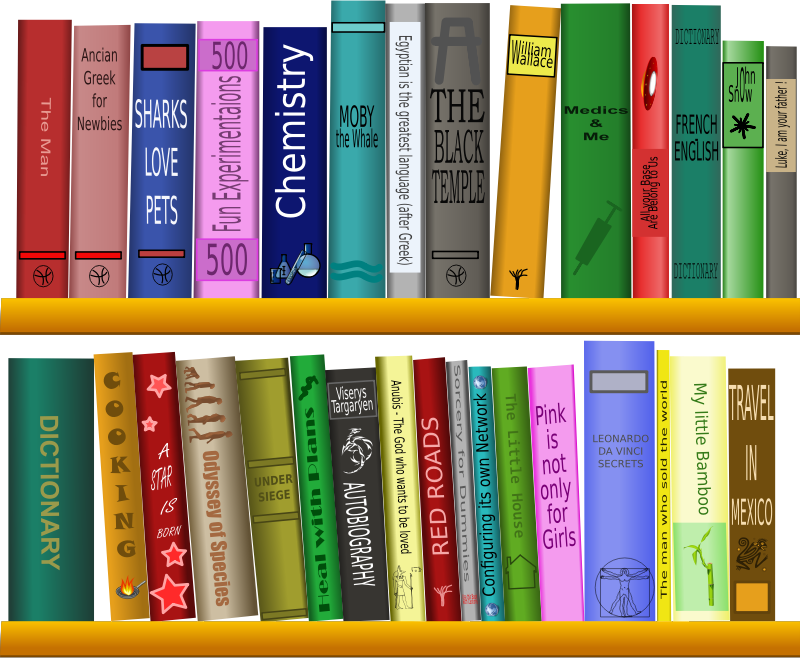Available at Amazon only
Free with Kindle Unlimited
Kick-start Your Plant-Based Lifestyle*
So Many Issues…
I have been eating a plant-based diet for a long time now, and I don’t know where to start talking about all that’s wrong with this book bundle. The author gets her definitions confused right out of the gate. She actually contradicts herself in several places when she describes what plant-based means to her and when she differentiates terms. Here’s the first thing she says about plant based vs. vegetarianism/veganism: “Often times, a plant-based diet is confused with a vegan or vegetarian diet. While they are very similar, they are not exactly the same. The best way to describe it is that a plant-based diet is the umbrella term where veganism and vegetarianism falls under.” That was followed a mere Kindle page flip or two by this: “However, when I say ‘plant-based foods’, this means the food comes directly from plant sources. We will be going over in greater detail in the next section but all you need to know at this point is that plant-based foods do not contain any animal products like honey, eggs, milk or meat.” If that doesn’t define veganism succinctly—I would add a few phrases—I don’t know what does! She talks about this again later… while making a whole lot of assumptions about what others eat: “If someone tells you that they follow a plant-based diet, this means that their diet consists mainly of plant foods. Unless you are told otherwise, you can assume that this individual avoids animal-based products like gelatin, butter, milk, eggs, and animal meat, or they eat them very minimally. These individuals will also avoid eating plant fragments and place their focus on whole plant foods instead.” She mixing up several concepts together (plant based, whole foods, minimally processed) in a confusing fashion as if they are one here and in other places, like: “Plant foods must be whole or minimally processed. You might be scratching your head at this point; I will clarify with an example. An apple is considered a plant food. An apple pie is not a plant food, nor is it plant-based.” While health gurus may not like it, an apple pie does use a plant!
Interestingly, when she actually gets to the topic of veganism, she gets it sooo wrong. She states that there are basically two types of vegans these days: fruitarians and raw food enthusiasts. Ummm, nope! I daresay most vegans are rather more garden variety types (no pun intended) who simply eschew anything meat based or produced by animals—though I prefer to define any diet by what is included rather than what it does not. Fruitarians and raw fooders are a small fraction of veganism, not its two core modern components.
She has a very long section that looks into the benefits of a plant-based lifestyle, no matter how it is defined. Sometimes she gives actual study references, but she doesn’t usually state the year of the study or whether they have been duplicated, the latter being a cornerstone of proper scientific research. And she also does seem to draw big conclusions from small studies, which is always a danger when using research to back up claims. I would have liked to have seen a list of references to these studies at the end so that the savvy reader could actually look up the studies and draw conclusions himself or herself.
In a book that touts in its subtitle that it gives you a meal plan, I find it laughable that these two books combined only give about 20 or so recipes. In the recipes themselves, she manages to contradict herself quite often. That is to say, that she uses ingredients in the recipes that are plant fragments (which she advises against), overly processed (like vegan butter) as well as ingredients she has said you should not use or use sparingly (like sugar and oils)–and sometimes in rather large quantities. Some recipes don’t sound half bad in concept, but there are a few relative misproportions in some ingredient lists and outright mistakes. For instance, in the first soup recipe in the main book (not the cookbook), she states that you should use 50 teaspoons of salt. In the recipes that are in the main book, she did use a bizarre way of writing out ingredients, putting the amount in parentheses at the end of the ingredient line and writing fractions as decimals. So she probably meant to say 0.5 teaspoon. That bizarre way writing ingredients did not carry through, thankfully, to the cookbook portion of the bundle. Those ingredients were written out like a typical cookbook. The author should have taken care to be consistent in all parts of this bundle.
There are certainly other issues with this book, but I’ve gone on long enough. If you have an interest in a plant-based, whole-food diet, I would recommend looking at other books because this one is just too rife with errors and inconsistencies to be of much use.
[NOTE: I did not correct punctuation and usage errors in the quotes.]





